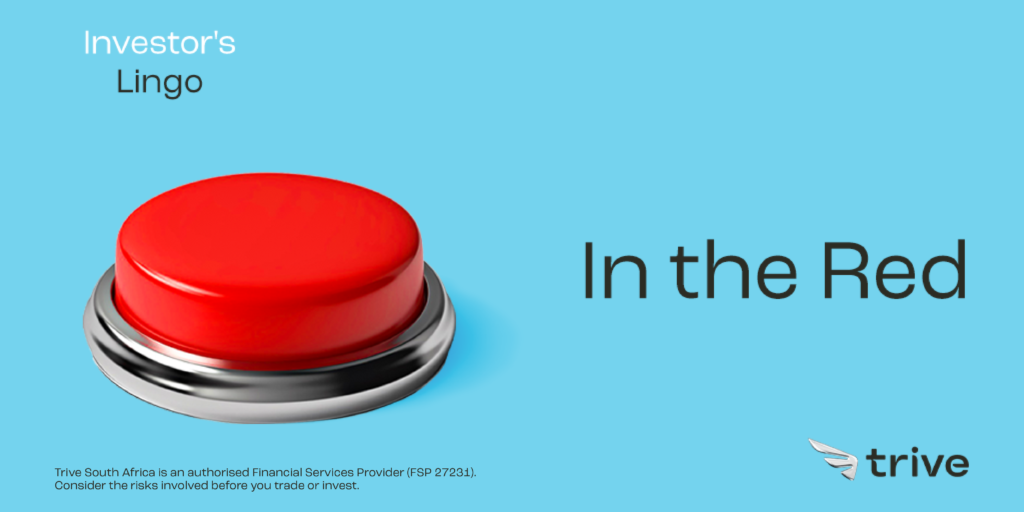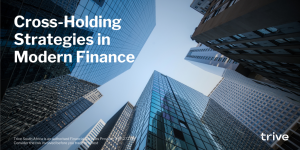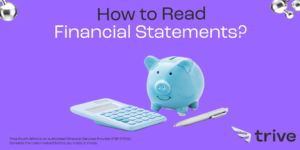
From a financial perspective, being ‘in the red’ refers to a situation where a business or an individual has incurred losses or has a negative balance in their financial accounts. It is the opposite of being ‘in the black’, which means having positive profits or a positive balance.
Merriam-Webster defines ‘in the red’ as “spending and owing more money than is being earned”.
Experiencing losses in your investments can evoke emotions, from frustration and disappointment to anger and panic. It’s crucial to recognise that these emotions are natural but should not dictate your decision-making at that point. Acknowledge that investing involves both gains and losses and that short-term fluctuations should not cloud your long-term vision.
While being ‘in the red’ may feel disheartening, it’s crucial to maintain a long-term perspective. Markets go through cycles, and long-term gains can overshadow short-term losses.
When a company or individual is ‘in the red’, it typically implies that their expenses or liabilities exceed their income or assets. This can occur for various reasons, such as higher operating costs than revenue, excessive debt, or poor financial management. Being ‘in the red’ can indicate financial difficulties or a warning sign that the entity may struggle to meet its financial obligations.
In accounting, negative numbers or balances are often represented in red ink, so the term ‘in the red’ describes a negative financial situation. On the stock exchange and in many financial charts, green represents rising or increasing values, while red is used for falling or decreasing values.
For example, “[t]he Dow Jones Industrials Average fell more than 570 points Tuesday, with all three major indexes ending the day in the red”.—Brenda León, WSJ, 7 Mar. 2023
So ‘in the red’ can express a decline in a specific investment. Also, in your everyday financial handling, being ‘in the red’ indicates that your investments are on the shorter end and need attention to bring back to a level of revenue. During a downturn, it’s common for both individual investments and broader market indices to be in the red.
But being ‘in the red’ is not all gloom and doom. One can think of it as a financial crash course in economic resilience or finding silver linings and making every cent count. Being ‘in the red’ is like a financial GPS reminding us to slow down, reassess, and make smarter money choices. Who needs that fancy latte when you can DIY your own caffeinated concoctions, right?
Market downturns often offer attractive prices for quality investments. Consider identifying undervalued assets or sectors likely to recover in the long run. However, be cautious and conduct thorough research before making investment decisions during a downturn.
One crucial lesson from being ‘in the red’ is the importance of diversification and risk management. Spreading investments across different asset classes and sectors can help mitigate the impact of a single underperforming investment. Additionally, setting clear risk tolerance levels and regularly reviewing and rebalancing your portfolio can help maintain a healthy investment strategy.
So, let’s buckle up, embrace the challenge, and find joy in the unexpected twists and turns.
Disclaimer: Trive South Africa (Pty) Ltd, Registration number 2005/011130/07, and an Authorised Financial Services Provider in terms of the Financial Advisory and Intermediary Services Act 2002 (FSP No. 27231). Any analysis/data/opinion contained herein are for informational purposes only and should not be considered advice or a recommendation to invest in any security. The content herein was created using proprietary strategies based on parameters that may include price, time, economic events, liquidity, risk, and macro and cyclical analysis. Securities involve a degree of risk and are volatile instruments. Market and economic conditions are subject to sudden change, which may have a material impact on the outcome of financial instruments and may not be suitable for all investors. When trading or investing in securities or alternative products, the value of the product can increase or decrease meaning your investment can increase or decrease in value. Past performance is not an indication of future performance. Trive South Africa (Pty) Ltd, and its employees assume no liability for any loss or damage (direct, indirect, consequential, or inconsequential) that may be suffered from using or relying on the information contained herein. Please consider the risks involved before you trade or invest.




